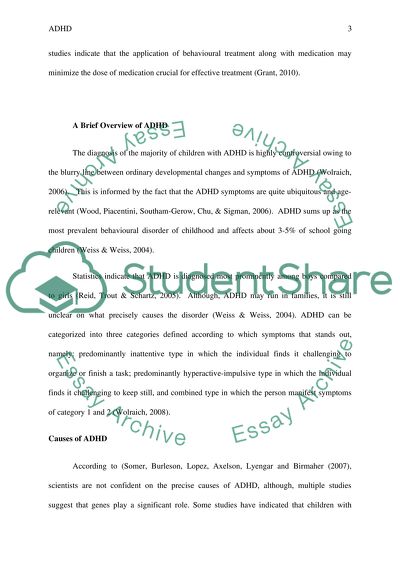Cite this document
(“ADHD Essay Example | Topics and Well Written Essays - 3000 words”, n.d.)
Retrieved de https://studentshare.org/psychology/1463776-with-reference-to-one-developmental-disorder
Retrieved de https://studentshare.org/psychology/1463776-with-reference-to-one-developmental-disorder
(ADHD Essay Example | Topics and Well Written Essays - 3000 Words)
https://studentshare.org/psychology/1463776-with-reference-to-one-developmental-disorder.
https://studentshare.org/psychology/1463776-with-reference-to-one-developmental-disorder.
“ADHD Essay Example | Topics and Well Written Essays - 3000 Words”, n.d. https://studentshare.org/psychology/1463776-with-reference-to-one-developmental-disorder.


